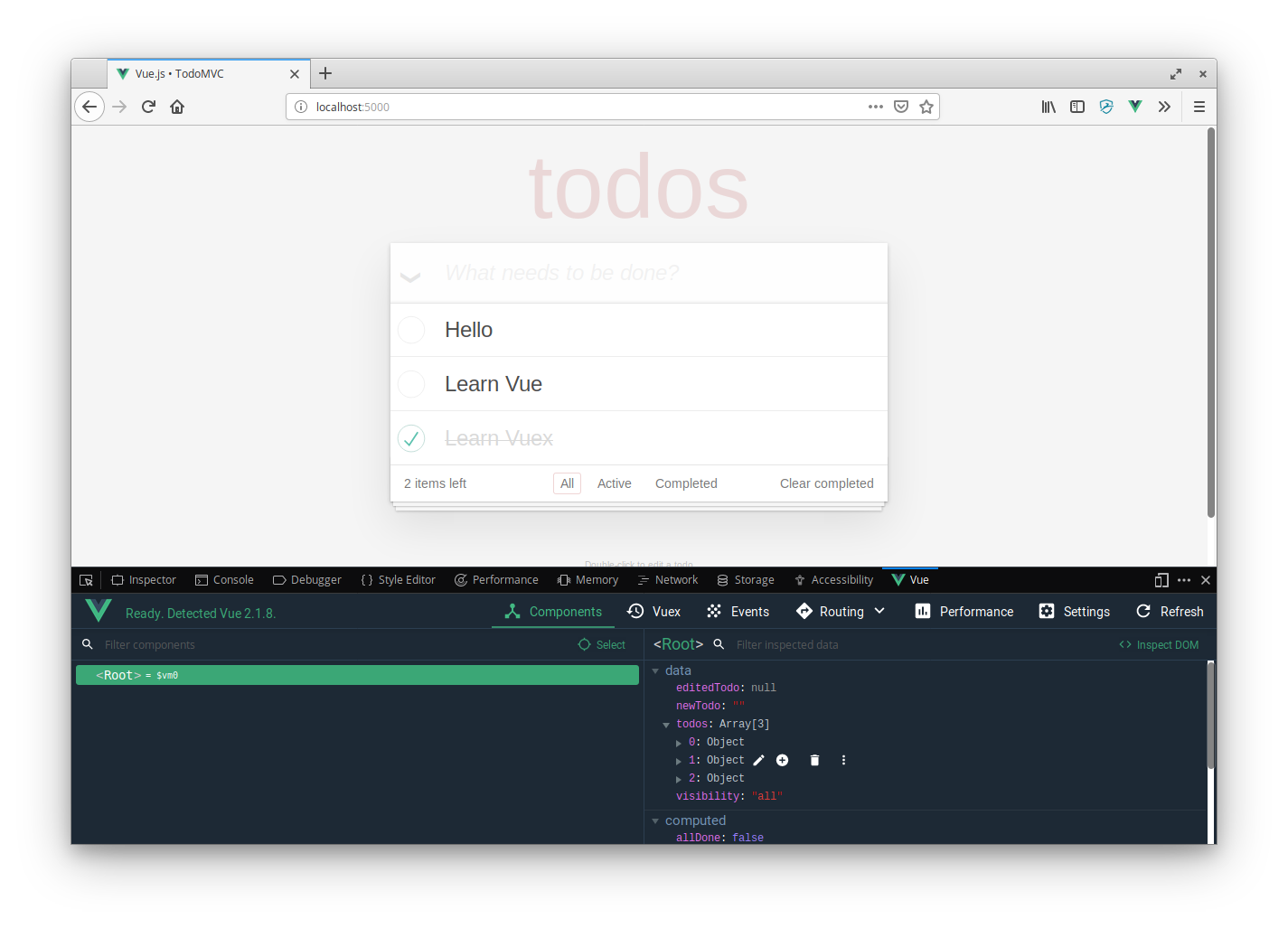Introduction to Vue.js

Vue.js is a progressive, reactive, lightweight, versatile, maintainable and testable Javascript framework designed for Single Page Applications (SPA). But what does it mean to be a progressive framework? Basically, in a server-side application, you can add Vue.js in only one part of it that requires an interactive experience. Or, if you have a client-side logic application, Vue.js has the necessary base libraries and ecosystem required to scale it. On the other hand, it is a reactive framework because the HTML changes as the data in the JavaScript does.
Components
Vue.js allows separating an application into reusable components, each of them with the HTML, CSS and necessary JavaScript for their rendering and operation.

These components form a hierarchical tree and are finally integrated with the page's DOM.
Scalability
With Vue.js, you can organize from simply our HTML code into reusable components to handling routes, the global state of the application, and server rendering in larger software projects.

Image taken from GenBeta
Support and Community
As of today, Vue.js has a quite important community. Just take a look at Github's repo Awesome Vue to realize the number of resources you can obtain. However, the documentation and the Vue.js team help the developer a lot. And it shows that they have thought about it due to the extension of chrome/firefox for debugging the framework.

The Vue.js team maintains an extension in chrome and firefox that lets you see how the component tree is rendered, how events interact, application state, and many other things.
About its Creator
Vue.js was created by Evan You, a former Google developer who decided to simplify and improve the way AngularJS worked. After uploading the repository to Github, it gradually became popular, allowing Evan You to leave Google to devote himself fully to his project. I invite you to learn more about him on his personal page evanyou.me.